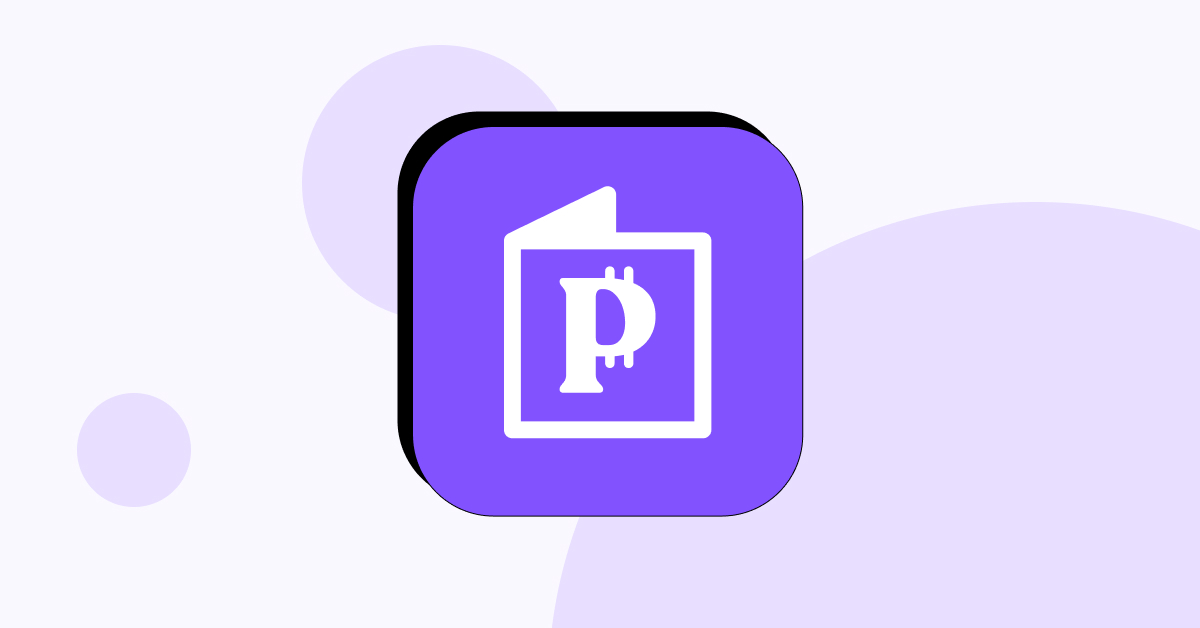There are two main methods used in both academic and non-academic research—qualitative vs quantitative methods. Quantitative methods gather data based on numerical values and use statistical tools to derive insightful conclusions. Qualitative methods use various methods to analyze non-numerical data such as behaviors, intentions, words, and many others.
While quantitative data are sometimes considered the gold standard of science, qualitative methods can often provide highly complex and contextual information that’s usually lost when looking at purely statistical data.
What is Qualitative Research?
Qualitative research collects data through non-numerical methods such as interviews or focus groups with the intention of acquiring contextual information. These methods can be used to both support quantitative research or used as an independent source of data analysis.
Due to the highly restrictive nature of qualitative research, it’s often used on smaller sample sizes. Interviews and focus groups, for example, simply cannot be conducted on the same number of people as sending out a survey can. Additionally, data analysis and preparation takes much longer than with quantitative research.
Qualitative methods, however, are still widely used in academic disciplines (such as psychology or sociology) and many other fields such as user experience design. Largely, the main goal of qualitative research is to uncover the “why” and “how” of certain actions or behaviors while quantitative methods uncover the “what”, “where”, “when”, “how much”, etc.
Benefits of Qualitative Research in Survey Analysis
Surveys are a form of quantitative research, which is extremely frequently used in various disciplines. They’re relatively cheap to produce, distribute, and acquire data with, making them perfect for various goals.
Some of the drawbacks of surveys, however, are that they are self-reported and limited in scope. Self-reporting can often skew the results in various ways while scope limitations can cause issues in providing context for the data.
Additionally, surveys will often have to be limited in the amount of items and questions as more extensive questionnaires can have a higher fail rate.
Qualitative research can often fill in the gaps left by quantitative data. By conducting interviews or other qualitative methods, researchers can gain insight into some of the more interesting aspects from the collected data set.
Additionally, they may uncover why respondents have made specific decisions when choosing survey answers. In some cases, qualitative methods can also provide a way to get a better look into the potential error rate of the survey.
Finally, in-depth answers to a part of the survey sample can uncover trends that wouldn’t be visible through the questionnaire itself. For example, people with certain backgrounds or experiences could be more likely to select specific answers.
Qualitative Research Methods and Techniques
Qualitative data is collected through a myriad of methods and techniques. Some of them are widely known such as focus groups and interviews, others such as natural behavior observation or phenomenology (direct experience) are less known.
- Focus groups. One of the most commonly used qualitative research methods as it collects a small group of people who are involved, experienced, or interested in the research. They answer questions and provide researchers with qualitative data for further analysis.
- Interviews. Another famous way of conducting qualitative research as it provides highly in-depth and contextual data. While it’s one of the most informative qualitative research methods, it’s also the most time-intensive as conducting interviews takes time and then they have to be transcribed afterwards.
- Observation. One of the qualitative methods that must be performed in the field. It can be conducted by the researcher becoming an active participant or without making themselves known. Both qualitative research methods have their time and place.
- Case studies. This qualitative research method involves in-depth analysis of a single person, event, or object.
- Direct experience. Could be considered a form of a case study as the researcher intends to collect qualitative data by experiencing some event or phenomena directly.
- Content analysis. These are several qualitative research methods rolled into one. Content analysis could involve documents, images and film, or even discourse.
Only some qualitative research methods are applicable to survey analysis. Case studies, observation and direct experience, for example, will often be significantly less useful for combined quantitative and qualitative research, particularly surveys.
When used to support quantitative research (such as surveys), interviews and focus groups work best. Both of these qualitative research methods can provide a decently-sized sample of people while also providing in-depth analysis of behaviors or intentions.
All data acquired through qualitative research has to be transcribed and matched with relevant quantitative survey data. Answers received from qualitative research should be analyzed by creating either narratives, aggregating similar answers or as a discussion for quantitative outliers.
Additionally, qualitative research, in these cases, can be used to generate new hypotheses, support existing theories or create the foundations for new ones. Qualitative data analysis also lends itself greatly to discussions and avenues for future research.
Those who want to conduct qualitative research in combination with quantitative data analysis would do best if they first collected numerical data first. Such an approach makes qualitative data analysis more impactful as researchers can communicate directly with respondents who have made certain decisions on a survey.
Finally, some surveys can include qualitative data collection at the outset. Instead of following up with participants, researchers can include open-ended questions where participants can input valuable information for the study.
Examples of Qualitative Research in Action
One of the more famous examples of a successful combination of qualitative and quantitative data is the UK’s New Deal for Communities evaluation process. Researchers created both one-on-one interviews (in the form of a survey) and purely quantitative surveys, which were sent out to various community members.
Collecting qualitative data was instrumental in extracting valuable findings. While the researchers discuss the fact that qualitative data needs additional effort to properly analyze, it has been extremely helpful in determining the effectiveness of the programme.
Other institutions such as UNICEF and World Bank have frequently used qualitative data in combination with quantitative research to evaluate the effectiveness of their programmes.
Businesses also frequently use surveys that include both qualitative and quantitative research methods. Companies like Apple, Microsoft, and many others will conduct user experience research that will usually take the form of collecting both quantitative and qualitative data.
Sometimes these can be paid surveys where respondents receive monetary (or similar) compensation for their efforts. These strategies not only create a larger sample size for qualitative research, but also provide some level of enjoyment and reward for the participants.
Paid surveys, however, aren’t all that frequently used in academic research. Conducting qualitative research is expensive by itself (for example, due to how much time qualitative analysis takes) and adding in additional costs can simply be too much for a small group of researchers.


